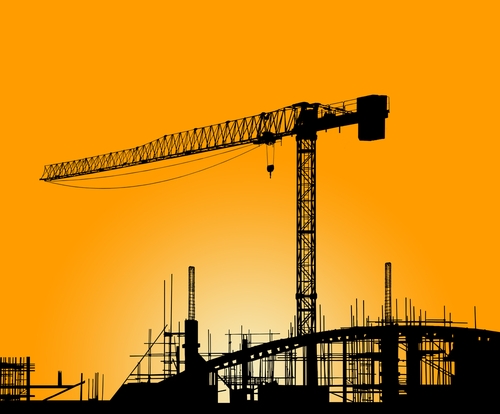
1. Secure the Scene
As with most subrogation investigations, maintaining the accident scene in its post-loss condition until the scene can be properly documented and photographed is critical. Experts need to examine the condition and location of the cranes after the accident, the site conditions and load configurations as they existed at the time of the accident.
2. Locate the Witnesses-Obtain Statements
As soon as possible after the accidents, identify and locate all of the witnesses who may have knowledge regarding the activities taking place at the time of the collapse. Construction workers are notorious for being transient if they don’t have any ties to the community. Critical witnesses may disappear shortly after the accident occurs. As soon as possible, obtain detailed recorded or written statements from all witnesses who may have relevant knowledge regarding the activities taking place at the time of the accident while memories are fresh. Be prepared to provide a qualified interpreter. Avoid using the witness’s supervisor as an interpreter if possible.
3. Establish Relationships and Responsibilities
The use of a mobile crane on a construction site involves significant coordination between the crane owner, crane operator, crane user and lift director. Establish these relationships as soon as possible. Determine whether the crane owner is providing the crane as a service to the user or renting the crane to the user. Determine whether the crane operator is an employee of the crane owner or crane user. Obtain copies of the relevant contracts to determine whether the user was required to insure the crane and whether the contract contains a waiver of subrogation between the crane owner and crane user. Determine whether the crane operator was properly trained and certified on the type of crane involved in the accident. Also identify the lift director and site supervisor. The duties, responsibilities and qualifications for crane operators, site supervisors and lift directors are discussed in ASME B30.5, Mobile and Locomotive Cranes.
4. Examine the Lift Plan – Was This a Critical Lift?
The most frequent causes of crane accidents include instability caused by overloading, operating the crane on a site that is too soft or not level and a lack of communication between the crane operator, signalman and lift director. All of these causes can be attributed to improper planning or not adhering to a properly prepared lift plan.
All crane lifts require pre-lift planning to determine the load weight, crane configuration, rated capacities and site conditions. Preparing formal lift plans and utilizing a lift planning checklist helps prevent mobile crane accidents. A “critical lift” requires additional planning. A critical lift is a lift where the load weight is heavier than 75% of the rated capacity of the crane. Other examples of critical lifts include:
• Lifts involving more than one crane or “dual lifts”;
• Lifts over occupied structures or in tight quarters;
• A blind lift where the load is out of view of the operator;
• Lifts near power lines;
• Hoisting personnel;
• Lifts involving non-routine rigging techniques;
• Lifts where the center of gravity may change; and
• Lifting high value, hazardous or explosive loads.
The critical lift plan should be prepared by a licensed engineer or other qualified person. The critical lift plan should include the following information:
• Description of the lift;
• Crane positions and configurations;
• Lift height;
• Load radius;
• Boon length and angle;
• Size and weight of the load;
• Percent of crane’s rate of capacity;
• Personnel involved;
• Rigging plan;
• Communication methods;
• Ground conditions;
• Environmental conditions; and
• Inspection procedures.
Hiring a qualified expert is necessary to properly evaluate the lift plan.
In the absence of an obvious equipment failure, most crane accidents are caused by inadequate planning or improper coordination and control of the cranes at the time of the accident. A prompt and proper investigation into the cause of the accident may provide an excellent recovery opportunity.




